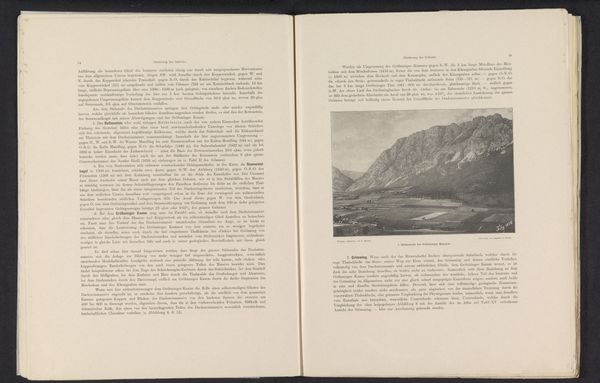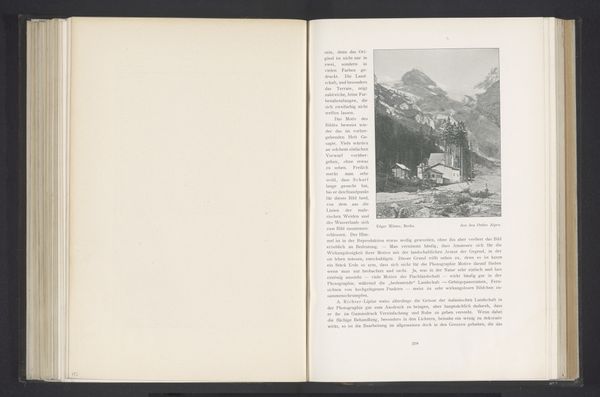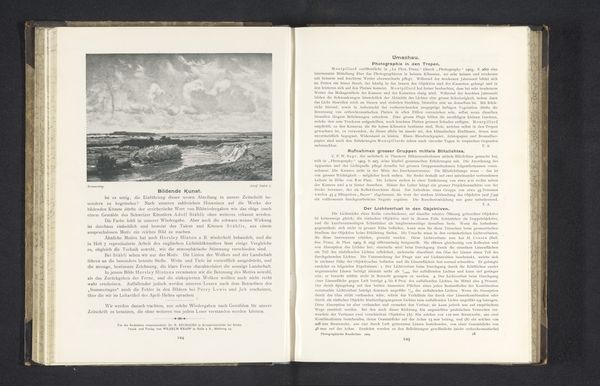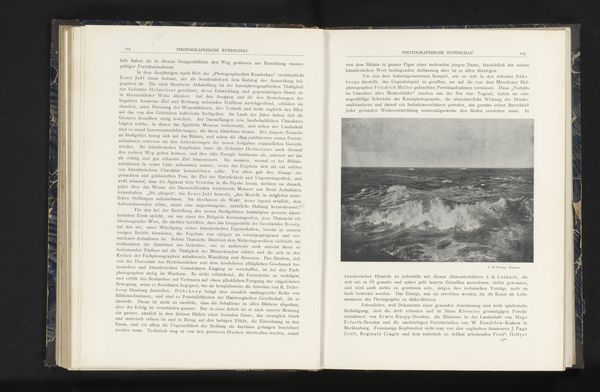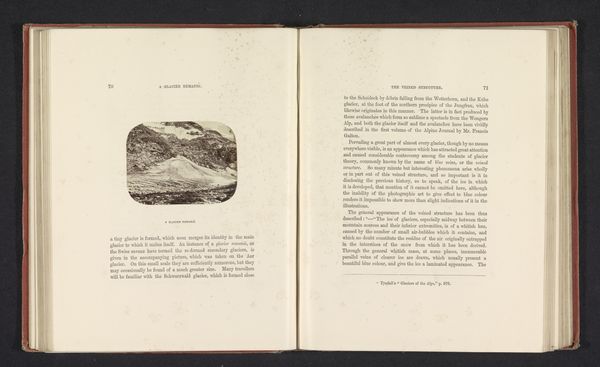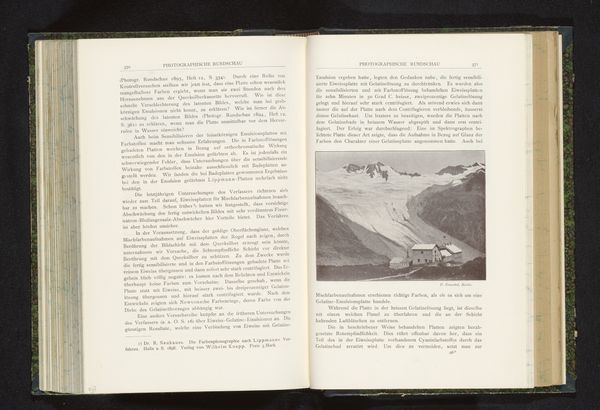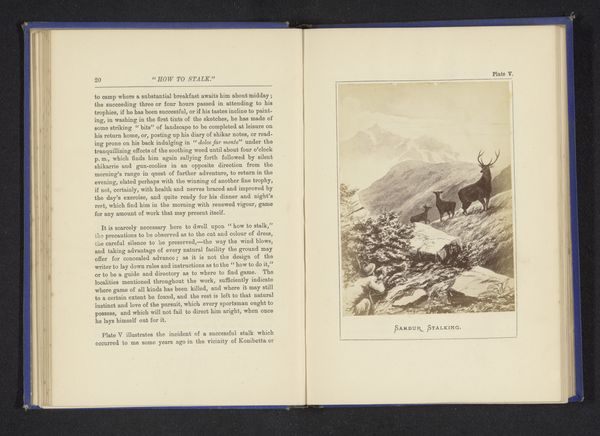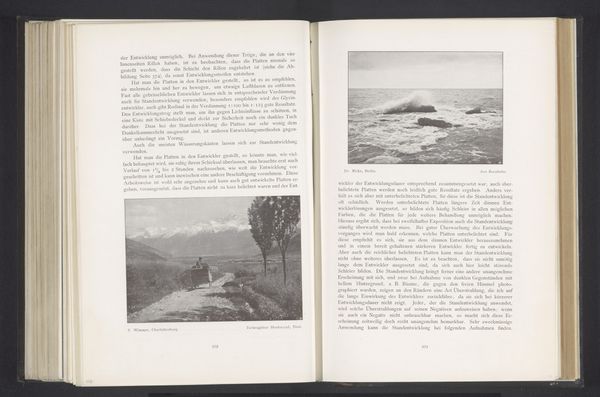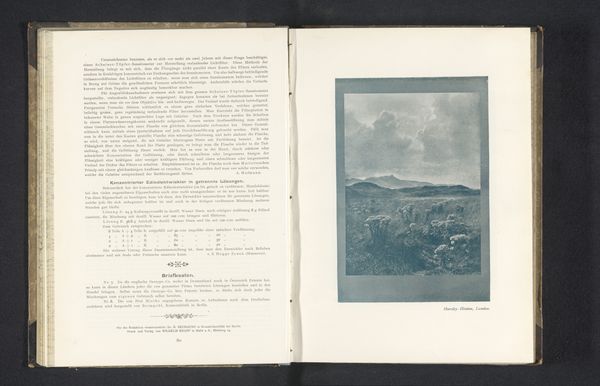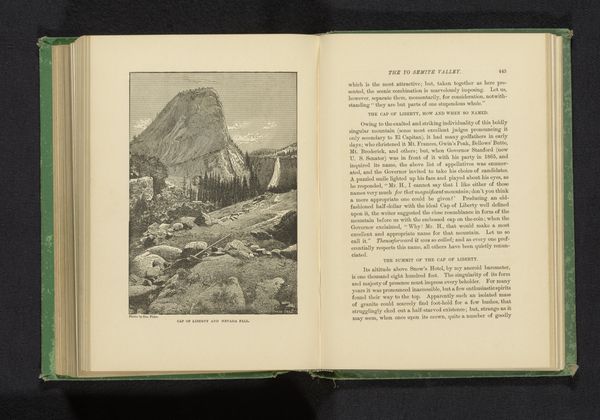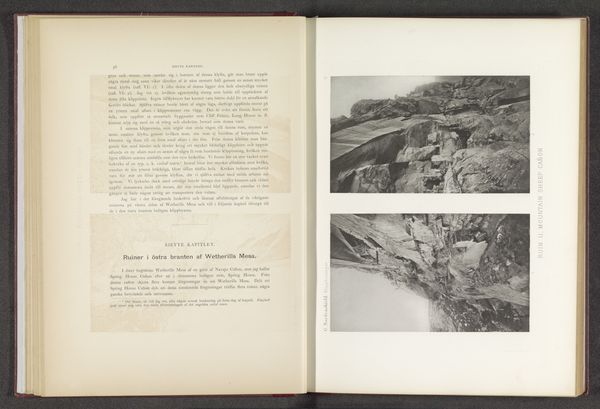
Dimensions: height 107 mm, width 174 mm
Copyright: Rijks Museum: Open Domain
Editor: This is Friedrich Simony’s “Gezicht op het Dachsteingebergte,” possibly from 1888. It’s an engraving, a print. There’s something almost harsh about it, the stark contrast between light and dark, especially on the mountain. What social context do you bring to this landscape? Curator: It’s fascinating how a landscape, seemingly neutral, can become charged with socio-political meaning. Considering this work’s potential date, 1888, and the rise of German Expressionism, we might view this not just as a depiction of nature, but as a reflection of cultural anxieties. The starkness you mentioned isn't simply aesthetic. Editor: Anxieties? How so? Curator: Think about the period: industrialization, urbanization, shifts in social structures. The solid permanence of nature can be both a comfort and a challenge to those changes. Also the Alpine landscape at this time was part of forming and framing the sense of German Identity. Was this intended for scientific purpose or as an artistic product? Knowing its distribution reveals insight into public consumption of the artwork and Simony. Editor: So, the image functions beyond just scenery. It speaks to cultural identity, anxiety, and nationalism? I didn’t see that at first. Curator: Exactly! Art's power lies in its multilayered existence. Editor: It gives me a new way of looking at even landscape prints.
Comments
No comments
Be the first to comment and join the conversation on the ultimate creative platform.
